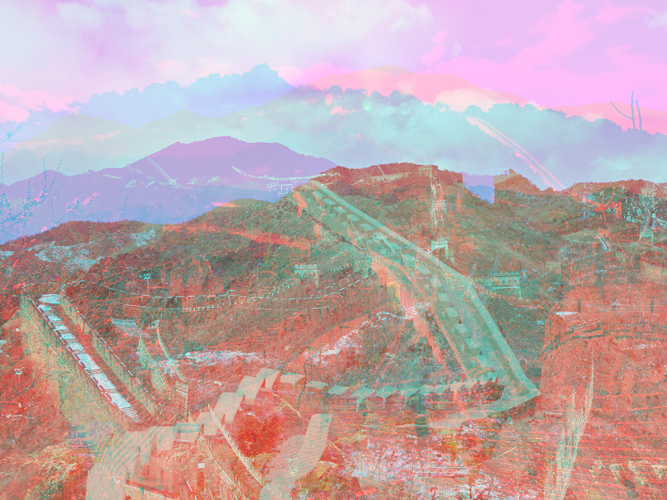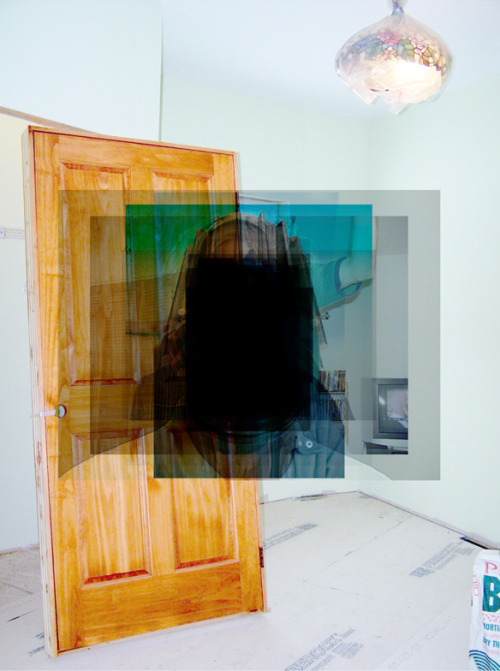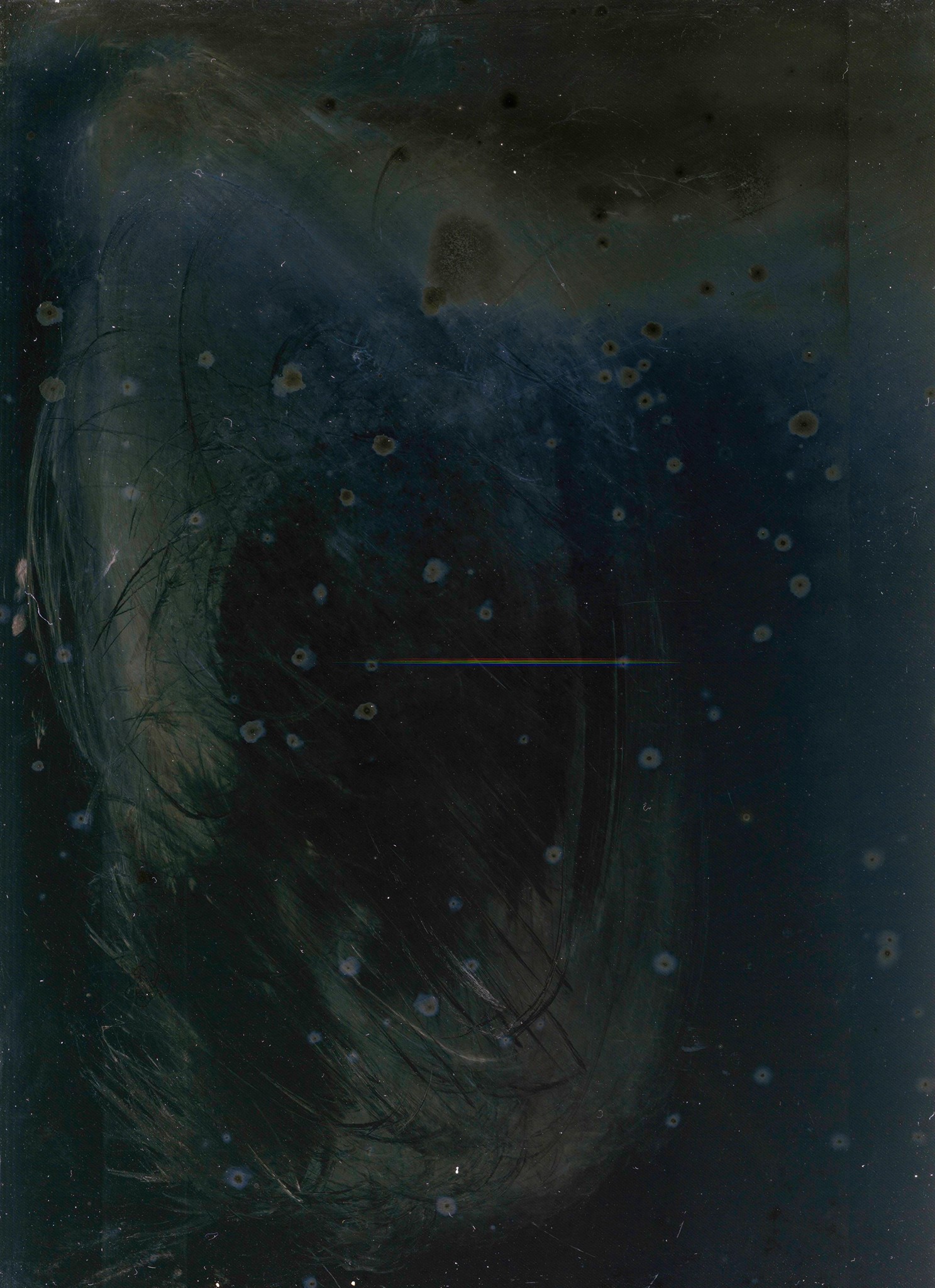PHOTOGRAPHY AND POST-INTERNET LANGUAGES
by Michele Amaglio
29.02.2016

The exhibition Less Photography, More Photographic invites the viewer to consider the value of photographic art in the digital era. The advent of the internet and of new technologies has brought important modifications to photography in response to these new influences. The huge supply of digital images and contents accessible through the internet has led photography to mutations that call into question the value of the image itself. The work of art is now suffering the consequences of digital reproduction, quoting the well-known essay by Walter Benjamin “The work of art in the age of mechanical reproduction” (1936).
In Benjamin’s essay we find a very lucid analysis on the status of the work of art and the mutations caused by the advent of photography and cinema. The technical reproduction of these forms of art, Benjamin argues, leads to the crisis of the authority – or aura – of the work of art due to the impossibility of recognizing its original form. This debate becomes particularly relevant in today’s context when we consider the advent of the Internet and of new technologies, which have revolutionised the whole system of communication and sign. The technical reproduction turns into digital reproduction by sensibly increasing the possibilities of diffusion of contents produced every second and driving photography to the loss of its physicality. The majority of photographs taken every instant are reproduced through the screen of a computer or of a smartphone and only a few take a material form. Inter- net and social networks then become the main channels of dissemination. The Internet also becomes a huge database that offers an incalculable amount of content to millions of users across the world. Every form of content can find its space on the web and anybody can spread their own images.

But the advent of the Internet hasn’t solely changed the diffusion of images. The internet has transformed the image itself by turning the photograph into a flux of information. The manipulation of the photo- graph, which has always existed since the early photomontages and col- lages by important artists such as Hannah Hoch and Raoul Hausmann, now takes an important role. Software such as Photoshop, 3D graphics and digital aesthetics are more and more common. Thus if photography suffers a loss of both authority and physicality, it gains in creative freedom. The Internet and the advent of digital technologies have provoked reaction from many creatives often ascribed as members of the recent movement of Post-Internet Art.
The word Post-Internet was used for the first time by the artist and writer Marisa Olson in the article Lost not Found: The circulation of Images in Digital Visual Culture (2008). Olson contextualises the subsequent art movements which have been developed since the internet has gained more relevance in contemporary society. The word Post-Internet echoes post-modern, in which the prefix post must be understood in a temporal sense (after the Internet) and consequently (because of the Internet): Post hoc, Ergo Propter Hoc (after this, therefore because of it). There are many contributions to the Post-Internet phenomenon belonging to varied and different responses to the issue, but all somehow connected to the advent of the Internet.

Similarly to any contemporary movements, it is very complicated to provide a definition of what precisely the Post-Internet is; however, it is possible to consider the significant elements that contribute to this phenomenon. As mentioned in the previous paragraphs, the image became a flux of information constituted by the different interactions that shape the photograph before, during and after its creation. Postproduction software, such as Adobe Photoshop have opened infinite possibilities of interaction. Furthermore, once the images are uploaded on the Internet they become publicly available to millions of users that may use them for further manipulation and application. The supply of digital contents through the Internet has led the image to the status of ready-made; in other words, the online data that is available can be considered material for further elaborations.
The aesthetic of new technologies is surely a further element of interest in the creative research of many artists that debate the visual value of the virtual. New elements have been introduced with the development of new creative languages such as 3D graphics, the use of the computer for scientific purposes as a tool of analysis and new three dimensional scanning technologies. In this highly technical and empirical context, the new technologies constituted by algorithms, codes and geometric forms assume a fundamental relevance and perceptive point of view. Many artists have been experimenting with these functions on the photographic surface; investigating how the image can be transformed by the mathematical functions. The images are then distorted beyond recognition.

Other artists play with these new elements and analyse them from a purely aesthetic point of view. Similarly to these movements, there is a growing interest in the materialisation of elements that were previously only present in virtual form, asking what value a pixel or a three-dimensional reconstruction could have in concrete reality. The image trapped in two dimensions thus seeks to take on sculptural form. In Rachel de Joode's works, physical space takes on a fundamental value in relation to the two-dimensionality of the image and the concept of the virtual. The sculptural object seems to imprison the image, which in turn deceives the viewer with its illusion of depth.
Photography has always followed the technological achievements and adapted to changes within society. On the other hand, the development of photographic techniques always answered the needs of the collectivity. The hectic and hyperconnected society in which we live had to be narrated by an equally rapid and instantaneous tool, which could spread an image within seconds. The transformations that have revolutionized photography in the past decades are intrinsic to that time. The new aesthetic standards have mu- tated the entire system of images, taking photography to new possibilities in terms of creativity. It is a freedom that has cost photography its physicality and authority, but nonetheless leads to new opportunities.

Questo saggio è stato pubblicato nel catalogo dell'esposizione Less Photography, More Photographic (2016) a cura di Marta Barina.
info@ardesiaprojects.com